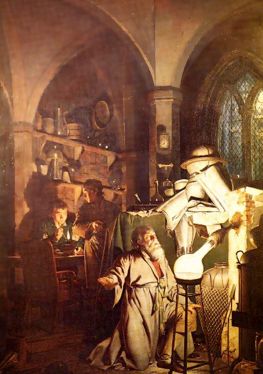
The
word “chemical” is often treated as a bad thing, as many commercial
interests want you to reject “chemicals” and “go natural.” As if the
natural world wasn’t made of chemicals. The two terms are not opposites.
As
a scientist with a degree in chemistry, the surge in chemophobia over
the last five years has been both baffling and frustrating.
While
there are plenty of toxic substances that we should be well frightened
of, there are also many safeguards against their use – by and large, the
chemicals you encounter in your day-to-day life are benign, even the
ones with the scary unpronounceable names and the ones made from
substances that can literally chew your face off (sodium chloride, I’m
looking at you). But it’s incredibly easy to fall into the trap of
common-sense-based marketing. Scientific literature is not exactly
reader-friendly, and scientists have a long history of alienating
themselves from Normal People.
Michelle Wong gives us
a basic lesson in surfactants, the chemicals that cause hydrophiles, or
water-soluble chemicals, to bind easier with lipophiles, or oily
chemicals. Surfactants are pretty much soap, which allows us to rinse
oils off our skin, hair, dishes, and clothing with water. But they have
many other uses that are necessary to everyday life -like breathing.
Read about them at The Toast.
 The
word “chemical” is often treated as a bad thing, as many commercial
interests want you to reject “chemicals” and “go natural.” As if the
natural world wasn’t made of chemicals. The two terms are not opposites.
The
word “chemical” is often treated as a bad thing, as many commercial
interests want you to reject “chemicals” and “go natural.” As if the
natural world wasn’t made of chemicals. The two terms are not opposites.
No comments:
Post a Comment